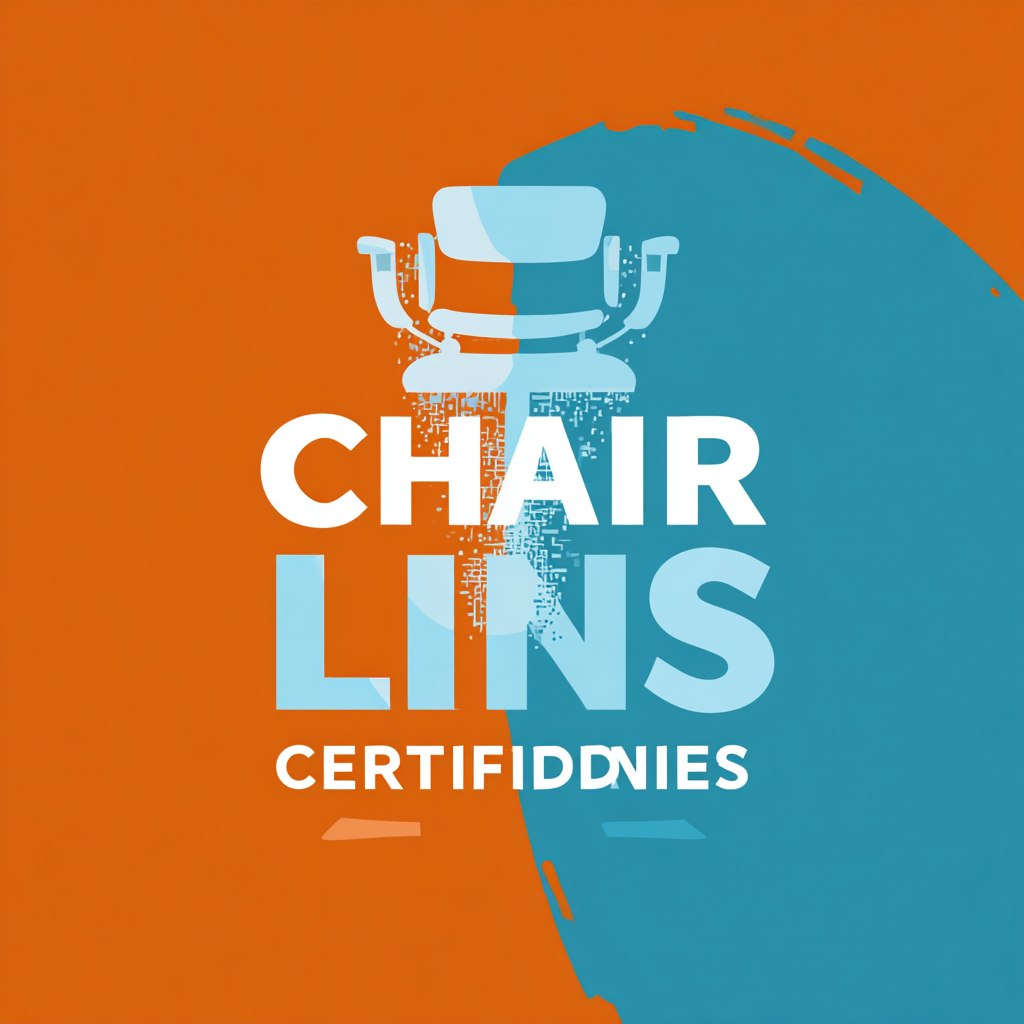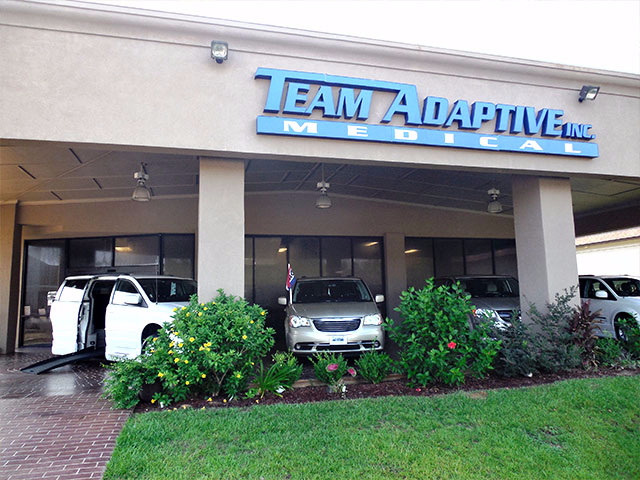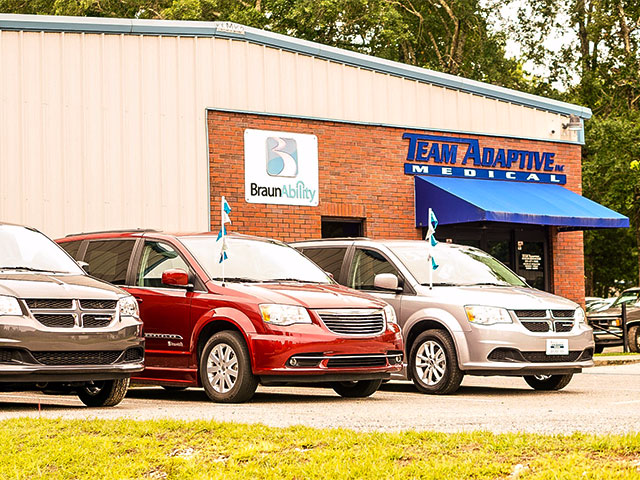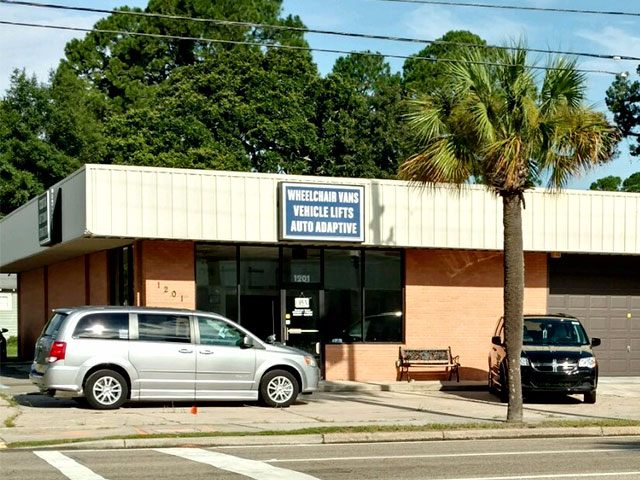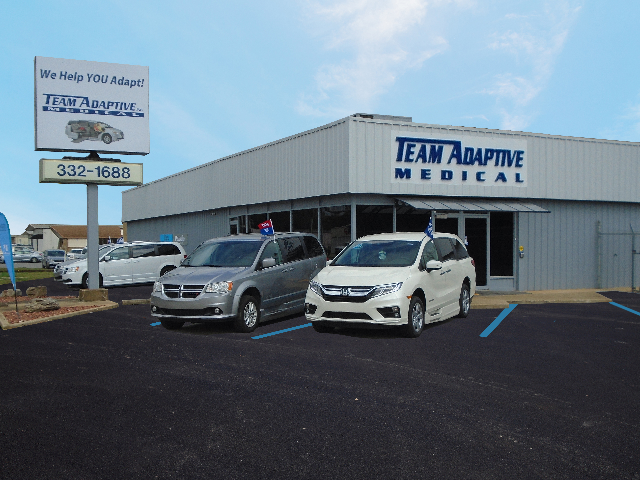
How to Navigate Export Certifications for the Best Chair Lifts for Seniors in Global Markets
As the global demand for accessible solutions continues to rise, "Chair Lift for Seniors" has emerged as a crucial component in enhancing mobility and independence for the elderly. Navigating the complex landscape of export certifications is essential for manufacturers and distributors aiming to deliver high-quality chair lifts across international markets. This blog will explore the intricacies of export certification processes, highlighting the significance of adhering to standards that ensure safety and reliability.
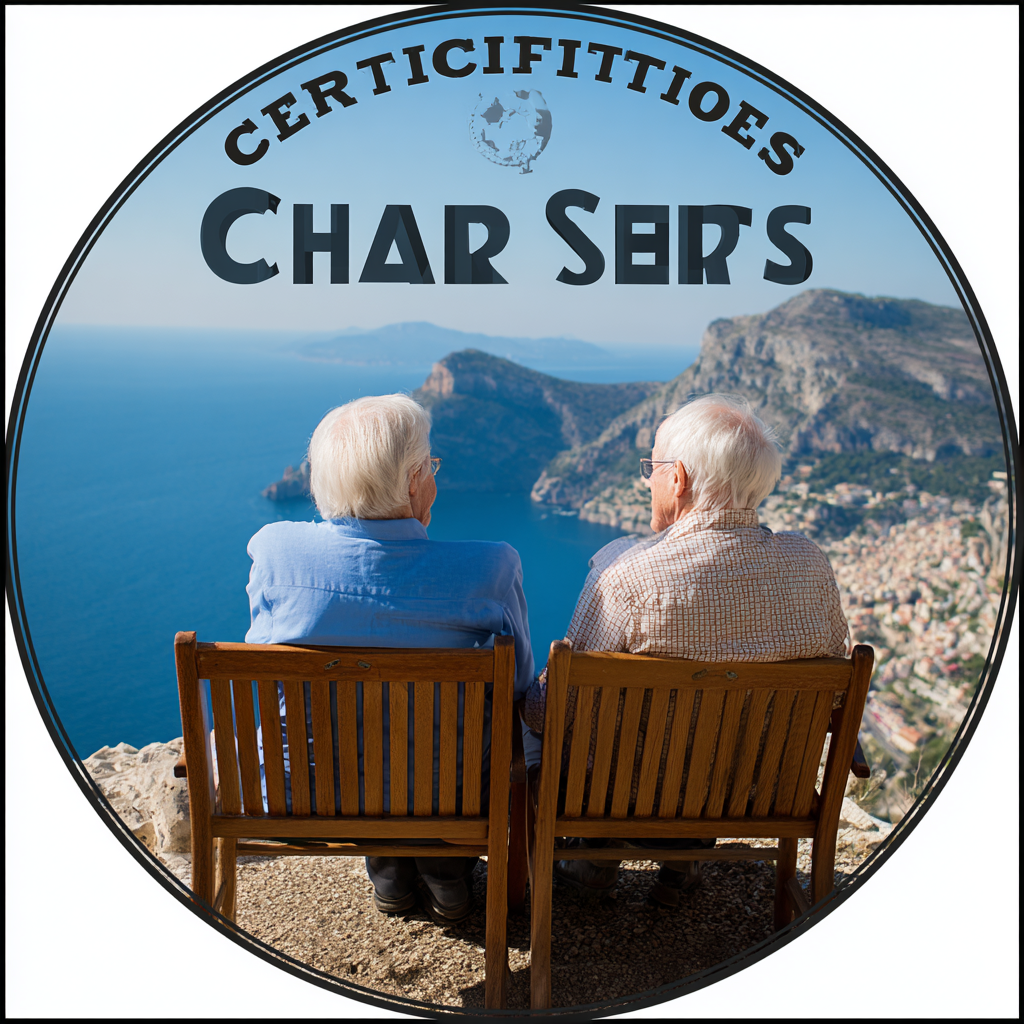
With an emphasis on China’s robust manufacturing capabilities, we will guide stakeholders on how to strategically position themselves as trusted partners in the global marketplace. Together, we will discover how to overcome regulatory challenges and leverage opportunities to provide seniors with the optimal chair lift solutions they deserve.
Understanding Export Certifications for Chair Lifts Tailored for Seniors
When exporting chair lifts specifically designed for seniors, understanding export certifications is crucial for compliance and market success. These certifications not only ensure safety and reliability but also enhance the product's credibility in global markets. According to the International Organization for Standardization (ISO), products that meet international standards have a 30% higher chance of being accepted in foreign markets, which underscores the significance of obtaining the appropriate certifications.
One essential tip for navigating export certifications is to familiarize yourself with the specific regulations of the destination country. For example, the European Union mandates EN 81-40 standards for lift safety, which is vital for chair lifts. Additionally, engaging with local certification bodies can streamline the process and provide tailored insights into compliance requirements. Reports from the World Health Organization indicate that the global market for mobility aids is projected to exceed $50 billion by 2025, making it imperative for manufacturers to adhere to these standards to capture a share of this growing market.
Another valuable tip is to maintain thorough documentation throughout the certification process. This includes keeping records of testing results, compliance checks, and correspondence with certification agencies. As highlighted by recent industry surveys, companies that maintain organized documentation experience up to 40% faster approvals. Incorporating robust quality assurance measures early in the design phase not only simplifies certification but also fosters trust among consumers, enhancing overall market presence.
Identifying Top Manufacturers for Quality Chair Lifts Worldwide
When it comes to selecting the best chair lifts for seniors, identifying top manufacturers is crucial to ensure quality and reliability. Global markets present a vast array of options, but not all manufacturers adhere to the same standards. Look for companies that have a solid reputation and are known for their commitment to safety and innovation. This will not only guarantee a better product but also enhance the user experience for seniors who depend on these lifts.
**Tip**: Research certifications and quality assurances that manufacturers offer. Certifications from recognized industry bodies can provide insight into their compliance with safety regulations and quality control measures.
Another key factor to consider is the manufacturer's experience in the market. Established brands tend to have a better understanding of senior needs and the specific challenges they face. Be sure to investigate customer reviews and testimonials to gauge the satisfaction level among users.
**Tip**: Utilize online forums and social media to gather feedback about different manufacturers. Engaging with communities of seniors or caregivers can lead you to trustworthy brands and valuable insights.
How to Navigate Export Certifications for the Best Chair Lifts for Seniors in Global Markets - Identifying Top Manufacturers for Quality Chair Lifts Worldwide
| Country | Manufacturer Type | Quality Certification | Export Experience (Years) | Warranty Period (Years) |
|---|---|---|---|---|
| United States | Family-owned | ISO 9001 | 15 | 5 |
| Germany | Corporate | CE Mark | 20 | 6 |
| Japan | Corporate | JIS Certification | 25 | 7 |
| Canada | Startup | CSA Certification | 5 | 3 |
| Italy | Family-owned | ISO 13485 | 10 | 4 |
Key Features to Look for in Chair Lifts for Senior Accessibility
When selecting the best chair lifts for seniors, it’s essential to focus on key features that enhance accessibility and safety. First and foremost, the weight capacity of the chair lift should be considered. Many seniors may have unique mobility challenges, and a chair lift that supports a higher weight limit can ensure safety during use. Additionally, adjustable seats and footrests can accommodate a variety of user needs, providing comfort and stability when getting in and out of the lift.
Another critical feature to look for is the ease of operation. User-friendly controls are vital for seniors, particularly those with limited dexterity. Look for chair lifts equipped with intuitive remotes or buttons that require minimal effort to operate. Safety features such as non-slip seats, seat belts, and sensors that prevent the chair lift from operating when obstacles are detected are also important. These enhancements not only provide peace of mind for users but also for their caregivers, ensuring a secure and accessible experience for seniors in global markets.
Export Certifications for Chair Lifts: Key Features Evaluation
This bar chart illustrates the key features evaluated for chair lifts aimed at seniors, based on their importance rating. Safety standards rank the highest, highlighting the critical nature of safety in accessibility solutions, followed by weight capacity, ease of use, durability, and warranty considerations.
Navigating Global Compliance Standards for Exporting Chair Lifts
Navigating the complex landscape of global compliance standards is essential for exporting chair lifts designed for seniors. Each market has its unique regulations, which can vary significantly depending on the region. Manufacturers must familiarize themselves with requirements for safety certifications, electrical standards, and design specifications. For example, the European Union mandates rigorous CE marking for products, ensuring they meet health, safety, and environmental protection standards. Meanwhile, the U.S. market requires compliance with the Americans with Disabilities Act (ADA) and Underwriters Laboratories (UL) standards, promoting accessibility and safety for all users.
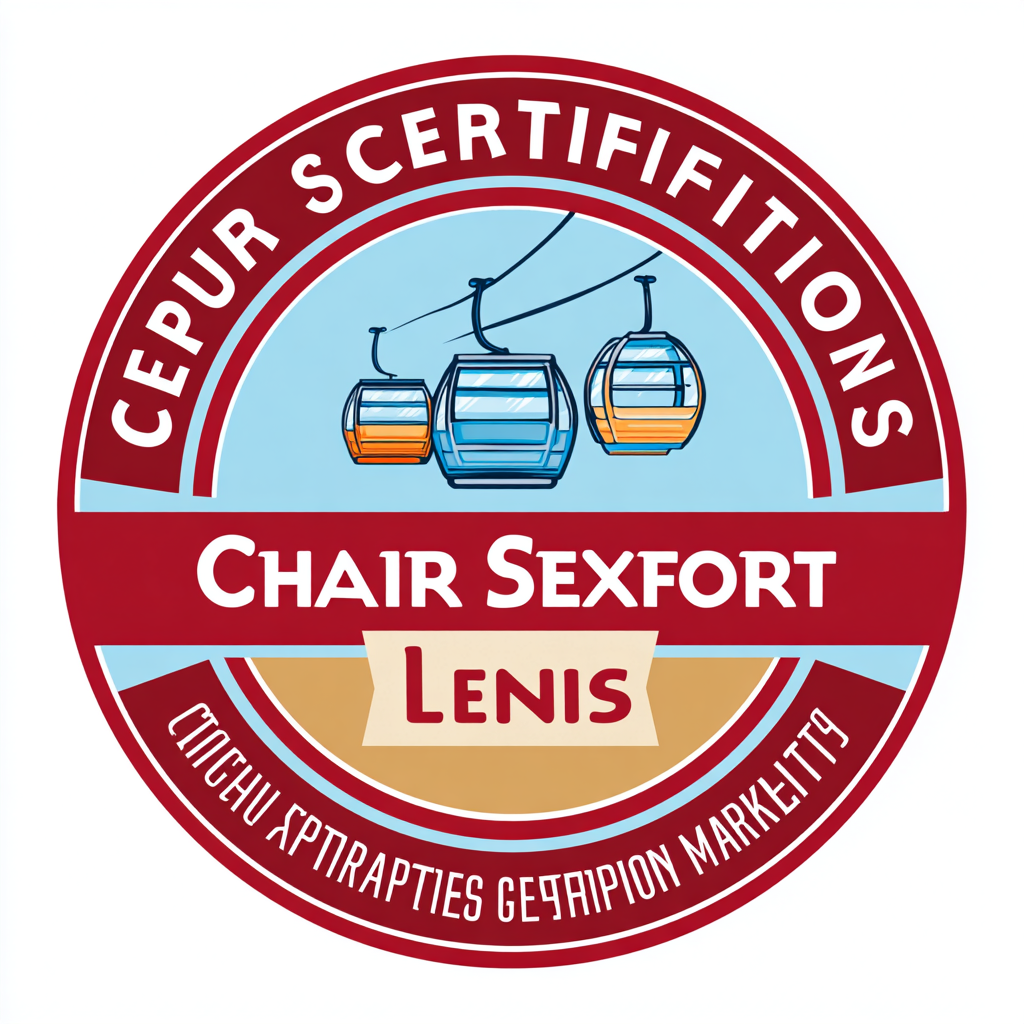
Moreover, it’s crucial to understand the documentation needed for successful exportation. This includes product specifications, test reports, and any necessary certifications from approved testing bodies. Engaging with local compliance experts can streamline this process, helping manufacturers tailor their products to meet diverse international demands. By prioritizing these compliance standards, businesses can not only enhance their marketability but also ensure the safety and reliability of their chair lifts for seniors—a consideration that ultimately benefits end users worldwide.
Evaluating Market Trends for Seniors' Chair Lift Demands Globally
The global market for stair lifts is experiencing significant growth, driven by the increasing demand among seniors for mobility solutions. Valued at USD 2.16 billion in 2023, the stair lift market is projected to reach USD 3.60 billion by 2029, with a remarkable CAGR of 8.89%. This surge is indicative of shifting market trends and an aging population that requires safe and accessible home environments. Key insights from current reports reveal various types of stair lifts catering to diverse needs and preferences, which are critical for evaluating market trends for seniors.
Tips for those entering this market include understanding the specific demands of senior users, incorporating user-friendly designs, and staying abreast of technological advancements. Additionally, it is vital to consider the costs associated with different stair lift types to cater effectively to your target audience. Developing marketing strategies that emphasize safety, accessibility, and ease of use will resonate well with consumers in this segment.
As you explore export certifications for chair lifts, keep an eye on regional variations in demand. Conducting thorough market research and leveraging current statistics can provide a competitive edge by aligning offerings with evolving consumer needs and preferences in the global market landscape.
